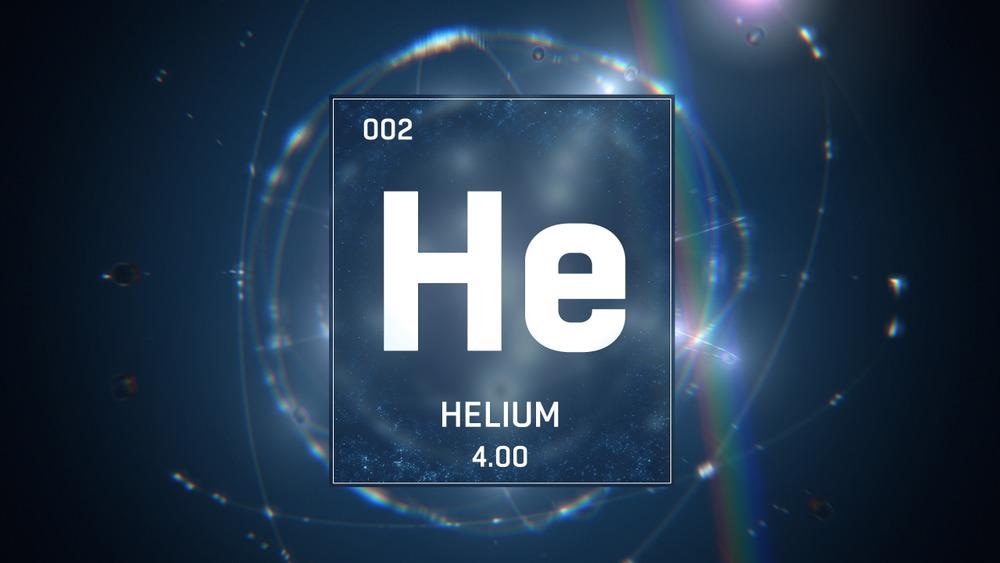With advances in nanotechnology and the desire to see smaller and smaller components of many substances, creatures, cells, etc., there have been massive developments in microscopy in recent years. This development has encompassed optical microscopy, electron microscopy, X-ray microscopy, etc. but, many of these techniques require extensive sample preparation.
In addition, the electromagnetic energy in many of these techniques actually damages the sample. Hence, you are never sure what the true image is as the sample degrades continually the more you examine it. The first time you view a sample, it starts to degrade, requiring regular preparation of fresh specimens. Leaving a colored cloth in sunlight to fade is an example of how strong light could damage a sample. This degradation would be much more significant with high-intensity irradiation or electron bombardment.
One potential way of overcoming this is to use Scanning Helium Microscopy, abbreviated as SHeM. (Please note this is not the same as Scanning Helium Ion Microscopy). John King and William Bigas first discussed the concept of neutral Helium Atom Scanning in 1969. The first meaningful images were produced by Koch et al. in 2008, but they were not of sufficiently good quality to be of use. Research is ongoing at the University of Bergen, Cambridge University, Newcastle University, Liverpool University, and others, but good-quality images are already available, with resolutions down to less than 0.3 nanometers.
How Does Scanning Helium Microscopy Work?
A Scanning Helium Microscope works by focussing a beam of neutral helium atoms onto a sample. The Helium is then deflected by the surface and can be detected. The topography of the sample surface will influence the deflection allowing an image to be developed of the shape of the surface. Since Helium is a neutral atom, there will be no chemical, electrical or magnetic interaction with the sample. However, this neutrality is also a disadvantage as it is difficult to detect helium atoms.
A Scanning Helium Microscope works by directing a beam of high-velocity neutral helium atoms at a sample. Helium is used because a beam of helium atoms has about the same energy as the thermal energy added to it but a much higher mass than an equivalent beam of electrons. Thermal Helium is exclusively surface-sensitive, turning about 2 - 3 angstroms from the surface of the atom it is impacting. Therefore it only reacts with the outermost electrons of the outermost atoms of the sample. Because of this atomic turning, it is suitable for probes down to the atomic scale.
The beam of atomic Helium is generated by a supersonic expansion of the gas through a narrow throated nozzle. The beam then passes through a skimmer to form a narrow, high-velocity beam. This beam may be further collimated to produce a beam with a 1 -10 micron width. The narrower the beam, the greater the resolution of the final image. The beam hits the surface and is scattered before being measured by a detector. The beam of Helium does not chemically, magnetically, or electronically degrade the sample being examined.
One of the advantages of helium atoms is their neutrality, but this is also one of its disadvantages as neutrality makes helium atoms hard to detect. One way to detect Helium is to bombard it aggressively with an ionizing beam of electrons after it has been deflected from the surface. The now ionized Helium can be detected with a mass spectrometer.
The beam can be moved over the surface to obtain an image of its topography. In certain applications, it may also be possible to obtain some information about the chemical characteristics of the surface as well. However, the information derived from helium scans does not always match the theoretical results, so caution is required, and research is ongoing.
One of the disadvantages of SHeM is that atomic Helium is difficult to detect, as mentioned above. It also requires heavy specialist sophisticated equipment to carry out the procedure. A significant hurdle is that operators need specialist training. The equipment is also not readily available because the process is still relatively new.
In fact, the Liverpool University Quasar Group was awarded funding in July 2021 to research a jet-based Helium Atom Microscope. Cambridge University demonstrated a prototype at the Physics at Work exhibition 2020.

Image Credit: remotevfx.com/Shutterstock.com
Uses of Scanning Helium Microscopy
Scanning Helium Microscopy is not yet fully commercialized, but it is seen as a complementary technology to existing Microscopy with vast potential. It allows substances that are difficult to image, transparent, fragile, weakly bonded, very rough, or magnetic to be analyzed in a non-destructive fashion. While the resolution of images is not as good as Scanning Electron Microscopy, SHeM images have greater contrast which makes better images in some applications.
Scanning HeliumMicroscopy has potential applications in pharmaceuticals, solar energy, and defense. It can be used to examine unstable explosives without the risk of further degrading them. It can also be used to fingerprint thin metal coatings chemically. Many Universities around the world are working on SHeM, and exciting new applications will continue to be developed for this technology.
Sources:
- Imaging with neutral atoms—a new matter-wave microscope. Journal of Microscopy. 229 Koch, M.; Rehbein, S.; Schmahl, G.; Reisinger, T.; Bracco, G.; Ernst, W. E.; Holst, B. docplayer.net/...-with-neutral-atoms-a-new-matter-wave-microscope.html.
- Helium microscope allows scientists to get a true picture www.fitz.cam.ac.uk/.../helium-microscope-allows-scientists-get-true-picture
- Unlocking new contrast in a scanning helium microscope, M.Barr, A.Fahy, J Martens, A.P. Jardine, D.J.Ward, J.Elli, W. Allison, P.C.Dastoor https://www.nature.com/articles/ncomms10189?origin=ppub
- Observation of diffraction contrast in scanning helium microscopy M. Bergin, S.M.Lambrick, H. Sleath, D.J.Ward, J Ellis, A.P. Jardine https://www.nature.com/articles/s41598-020-58704-1
- Neutral Helium Microscopy (SHeM): A Review Adri`a Salvador Palaua , Sabrina Daniela Edera , Gianangelo Braccob , Bodil Holsta https://arxiv.org/pdf/2111.12582.pdf
Further Reading
Last Updated: Apr 5, 2022